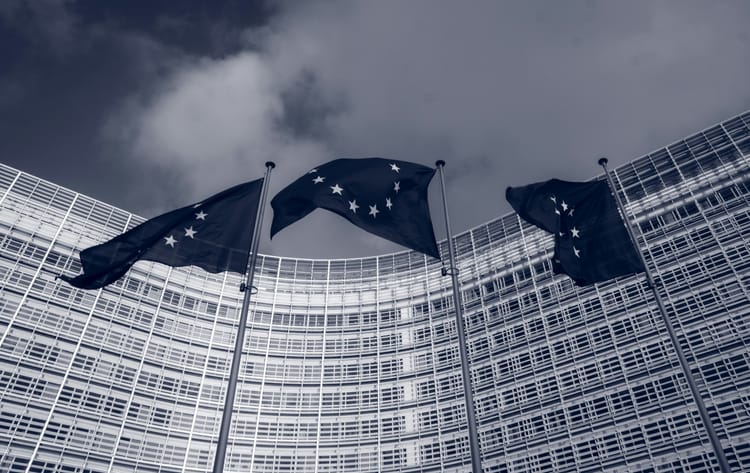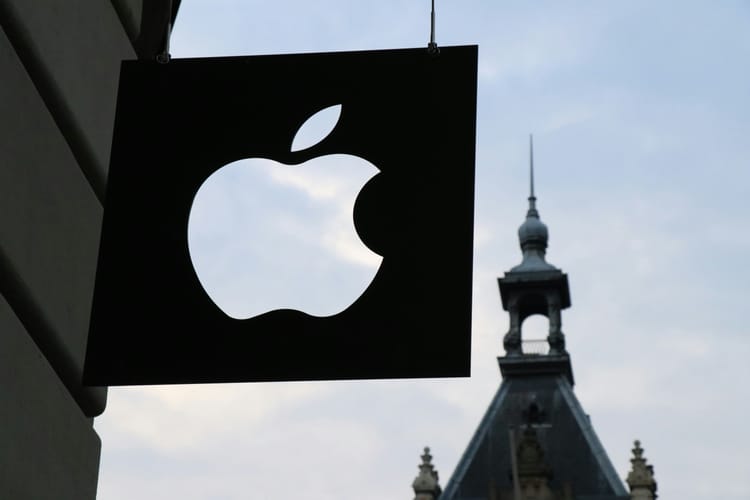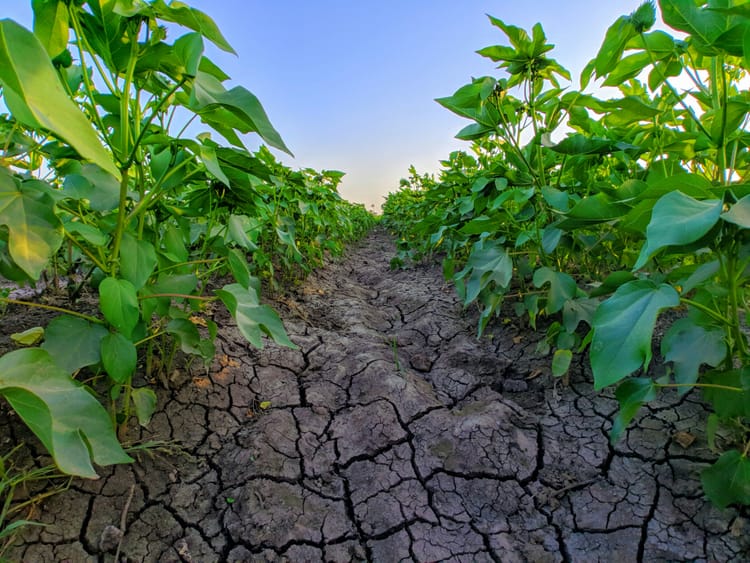Lego scraps recycled PET bricks, Coca-Cola to make bottle caps from CO2: What’s the emissions impact of recycled plastics?

Recent corporate experiments from Lego and Coca-Cola give opposite impressions about recycled plastics emissions – and prove that what was once hailed as a golden climate and pollution solution is yet to gain unanimous appeal.
In September, two corporate giants made opposite decisions around the use of recycled plastics in their products. Coca-Cola announced a large-scale trial with Swansea University to convert carbon extracted from the atmosphere into ethylene to make bottle caps.
Shortly after, Lego gave up on the idea of using recycled bottles to make its famous toy bricks after two years of research and development, saying that the process would end up generating more emissions than using virgin plastic.
Lego: playing with plastic molecules
In Lego’s case, the move was seen as a setback in its path to reduce GHG emissions by 37% by 2032 and to reach net zero emissions by 2050, but the company itself said it remains “more committed than ever to making our products and business more sustainable”. (A couple of days after the recycled bottle news came out, Lego appointed Annette Stube as its first Chief Sustainability Officer).
But for people in the plastic recycling industry, the decision didn’t come as a surprise, given that Lego was not simply trying to replace virgin plastic with its recycled equivalent: it was attempting to switch from one molecule (Acrylonitrile Butadiene Styrene or ABS) to another (polyethylene terephthalate or PET).
“They selected ABS for a reason once, and not PET.
“I’m not sure what the real reasons were [for giving up on the effort], but it must have been related to quality. You cannot just replace one plastic for the other and then think everything will remain the same,” said Bram van der Drift, Chief Technical Officer at Synova, a company that supplies technology to convert plastic from municipal waste into olefins to be used by the petrochemical industry.
This explains why companies like Evian and Coca-Cola have made ambitious pledges to swap PET bottles with recycled PET (rPET), but it wasn’t as easy for Lego to bring its recycling dreams to fruition.
However, van der Drift tells CSO Futures he isn’t sure whether increased emissions are “the real reason” for scrapping the recycled bottle idea, or whether PET just wasn’t able to produce the same quality as ABS. In fact, Lego told the Financial Times that the added emissions were a result of the extra steps required in the production process to obtain the same quality bricks as with ABS.
Recycled plastics emissions impact
Overall, recycled plastic does produce significantly lower emissions than virgin plastic, with variations depending on the molecule and recycling method employed. “In short, life cycle assessments show that our process reduces 2.5 kilograms of CO2 emissions per kilogram of high value chemicals such as ethylene and propylene,” notes van der Drift.
Mechanical vs chemical recycling
There are two methods for recycling plastic.
The first, mechanical recycling, involves grinding, washing, sorting and reprocessing plastic material without altering its chemical structure. It requires thorough sorting and cleaning of plastic waste, which uses electricity and water, and is currently the primary process used to recycle plastic worldwide.
The second, chemical recycling, requires less sorting and no washing, but still produces greenhouse gas emissions. First, mixed waste products are sorted to achieve a higher percentage of plastic content in the feedstock (Synova’s process, for instance, needs waste containing at least 50% plastics). Sorting is done automatically via magnets and conveyor belts – the first source of emissions.
Then, the waste plastic goes through what van der Drift calls “the core conversion step”: heating at about 750ºC to mimic the steam cracking process used on naphtha or gas in conventional plastic manufacturing, but with plastic waste as the feedstock. The process needs energy and thus produces CO2.
He warns, however, that many of the studies on recycled plastics emissions use a baseline that includes incineration, a particularly polluting process.
“Usually, any plastic recycling process in Europe is compared to incineration as the alternative. It's the usual thing to do, but I think we should compare it to other recycling options instead, since we want to avoid incineration. But anyway, we are quite positive in terms of CO2 reduction, even if you compare it with landfill,” he adds.
Coca-Cola: CO2 as an ingredient
Meanwhile, Coca-Cola hopes to use CO2 captured from the atmosphere to produce ethylene used in its high-density polyethylene (HDPE) bottle caps. It is based on the scientific discovery that carbon dioxide captured from industrial exhaust could be converted into ethylene using electrolysis.
Virgin HDPE is estimated to have a carbon footprint of about 3 kilograms of CO2 emissions per kilogram of plastic, but researchers estimate that using CO2 in the process could reduce it by 1.83 kilograms – with the caveat that energy-intensive electrolysis must be powered by renewables.
Coca-Cola is not looking to change the molecule it uses in its bottle caps: it is simply exploring a more climate-friendly method to produce it. As such, it has more chances of succeeding than Lego in its experiment.
Environmental impacts of plastic recycling
Beyond corporate trials around different types of plastic alternatives, it’s important to remember that only 9% of the plastic produced worldwide is recycled, with 19% incinerated and 49% landfilled. Even if everyone wanted to use recycled plastic, the world would still face a logistical issue in getting plastic to recycling plants.
Studies have also associated plastic recycling with other environmental impacts, such as the release of large quantities of microplastics, as well as toxic hazards. As a result, many companies in consumer-facing industries are trying to ditch plastic altogether: Guinness is switching to cardboard in its multipacks, and United and other airlines have swapped plastic cutlery for bamboo in its meal trays. More recently, Amazon announced its intention to phase out plastic-padded envelopes, but failed to set a clear deadline.







Member discussion